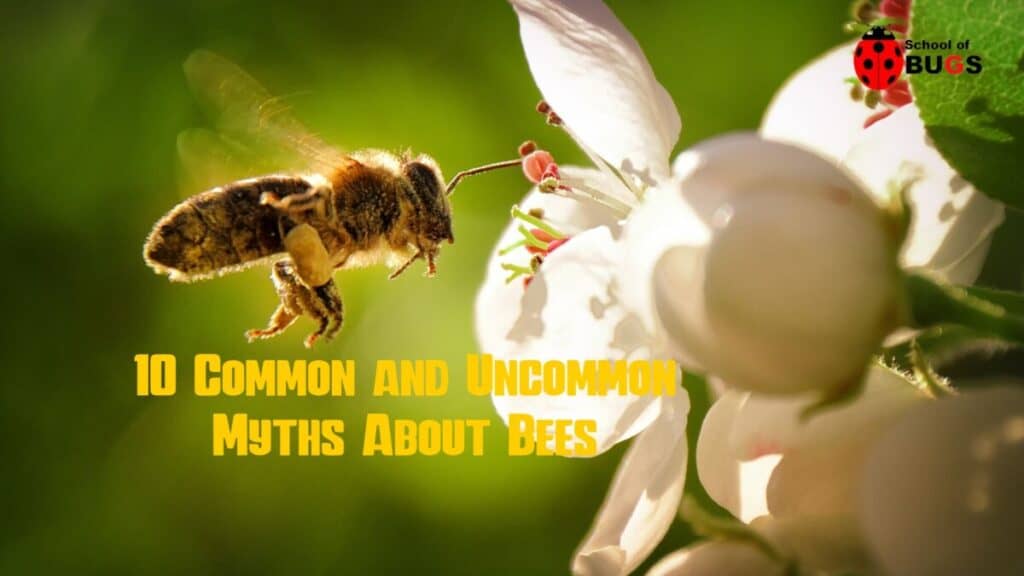
Bees have always been extremely important to agriculture, with many recent laws – including the 2017 EPA Actions to Protect Pollinators – enacted to protect these vital pollinators from pesticides and disease.
Despite their importance, buzzing bees near homes or populated areas aren’t always a welcome surprise. Because of their ability to sting, bees are often regarded as fearsome and dangerous – pests to be avoided or even eradicated instead of a vital part of the ecosystem.
But most fear-inducing tales about bees aren’t true. In this article, we will be discussing some of the most widespread myths about these buzzing, black and yellow pollinators, including:
- All bees sting
- People die all the time from bee stings
- Honeybees can repeatedly sting their victims
- Bee stings are always dangerous
- Wasps are bees
- All bees live in hives
- Adult bees have long lifespans
- Bees won’t sting at night
- All bees produce honey
- Bee stings are a miracle cure for many ailments
Keep reading to learn the truth about these irreplaceable pollinators.
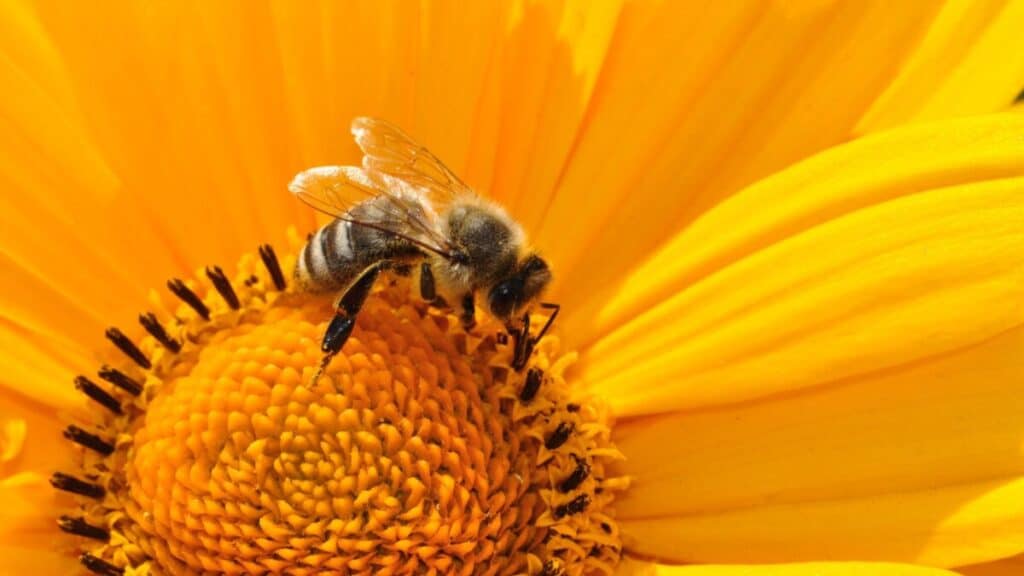
10 Common and Uncommon Myths About Bees
While you may have heard some of the myths that are on this list, others may not be familiar. With so much misinformation out there about bees, it can be difficult to tell fact from fiction.
Myth 1: All Bees Sting
Contrary to popular belief, not all bees can sting. For honeybees and bumble bees, only the females can sting – as a bee’s stinger is a modified ovipositor (egg-laying device).
While male honeybees and bumble bees can’t sting, this doesn’t mean that they don’t have other defense mechanisms with which they defend the hive. Male bees often fly towards potential threats to the hive to scare these threats away.
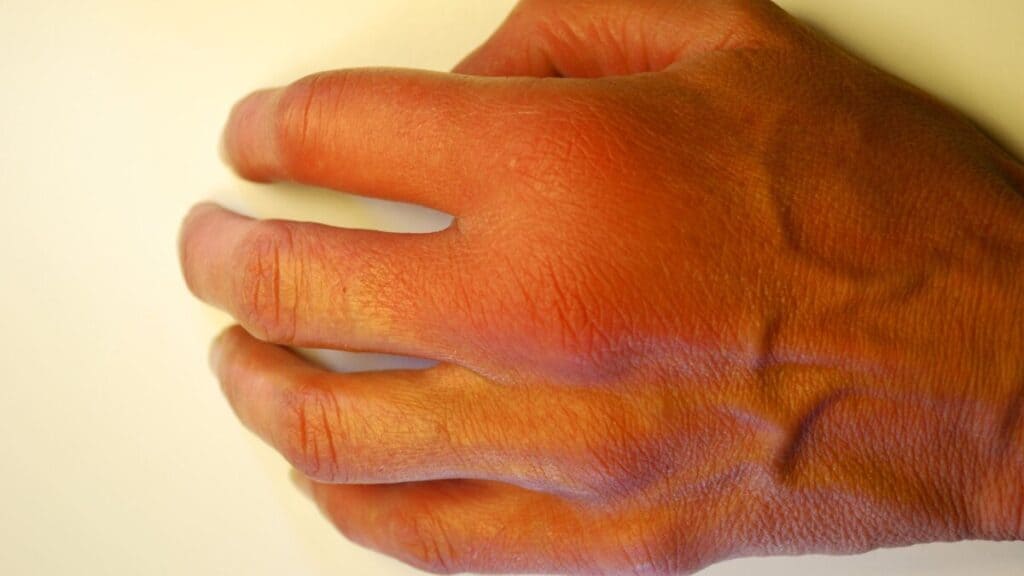
Some bees related to the honeybee and bumble bee are considered “stingless bees,” as neither males nor females are equipped with a functioning stinger. These bees are known as Meliponini after their tribe name but include about 550 known species.
Because of Meliponini bees’ lack of a functioning stinger, those species that do produce honey can be safely cultivated in populous areas such as cities, apartment patios, and backyards.
City beekeeping is particularly common in Brazil, where there are many diverse species of honey-producing, non-aggressive stingless bees.
Myth 2: People Die All the Time from Bee Stings
While bee stings can be fatal for those allergic to bee stings, people rarely die from being stung by bees.
According to the Centers for Disease Control, bee, wasp, and hornet stings accounted for only 509 deaths in the eight-year period between 1999 – 2007.
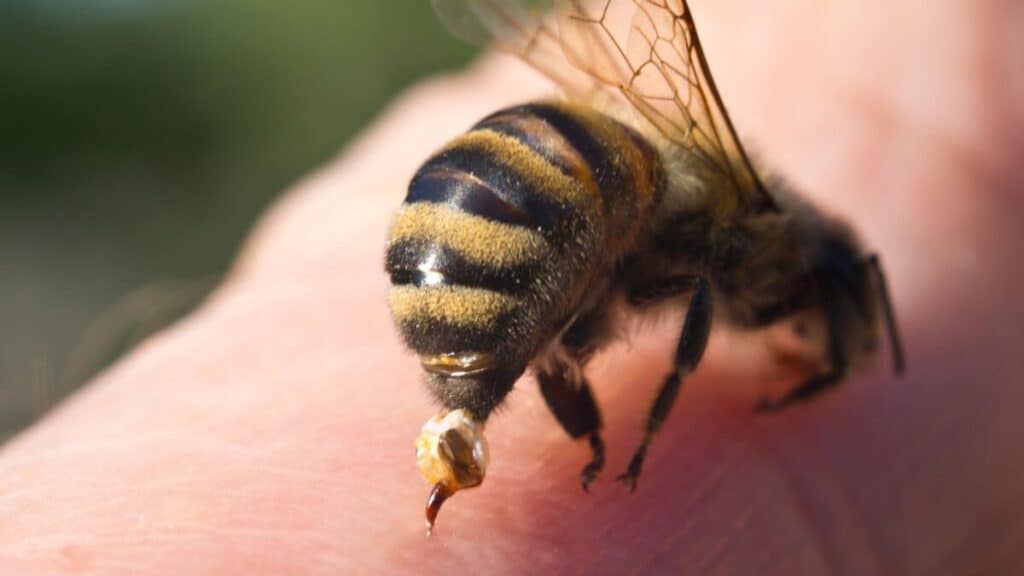
This accounts for roughly 63 deaths a year in the entire US from bee stings. For perspective, 3% of adults and 0.5% of children in the US suffer from anaphylaxis triggered by bee venom.
While untimely deaths are always tragic, the fear behind dying from a bee sting seems out of proportion with how common it is for most Americans to encounter bees on a regular basis.
Myth 3: Honeybees can Repeatedly Sting Their Victims
When a honeybee stings a person or a mammal, their stinger gets caught in the skin and tears from the bee’s body. Since the loss of the stinger is fatal to the bee, the bee dies immediately after stinging.
However, honeybees can repeatedly sting other insects without losing their stinger.
Myth 4: Bee Stings are Always Dangerous
While bee stings can be very dangerous for those allergic to bee stings, being stung by a bee is often painful but not a medical concern for most people.
According to the Merck Manual for Diagnosis and Therapy, the average person can tolerate 10 stings per pound of body weight. This means a 140 lb. adult would likely survive 1,400 bee stings.
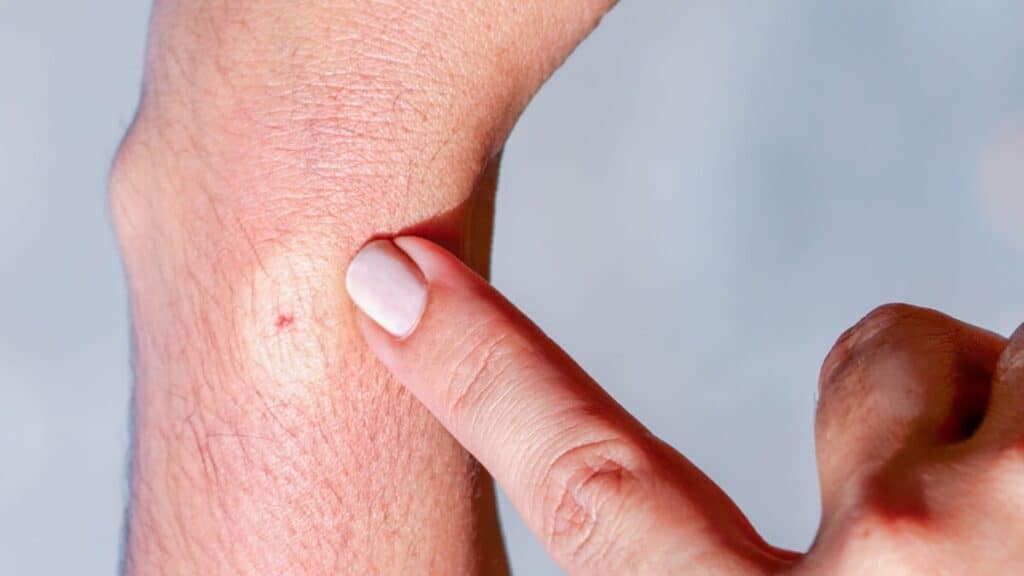
Children are far more vulnerable to bee stings, as they are smaller and lighter, which makes it important to check your yard and homes for beehives if you have small children. Being attacked by an entire hive is most likely fatal to a child.
Myth 5: Wasps are Bees
While many wasps have the same colors and markings as bees and come from the same order of insects, there are key differences between the two.
Bees are generally more peaceful than wasps (except for Africanized bees, which are very aggressive) and are vegetarians, sufficing off pollen and nectar. Wasps are very aggressive, especially if their nest is disturbed, and are carnivorous.
Myth 6: All Bees Live in Hives
Only social bees – such as honeybees, bumble bees, and stingless bees – live in hives. In fact, only about 10 percent of all bee species are considered social bees that live in hives.
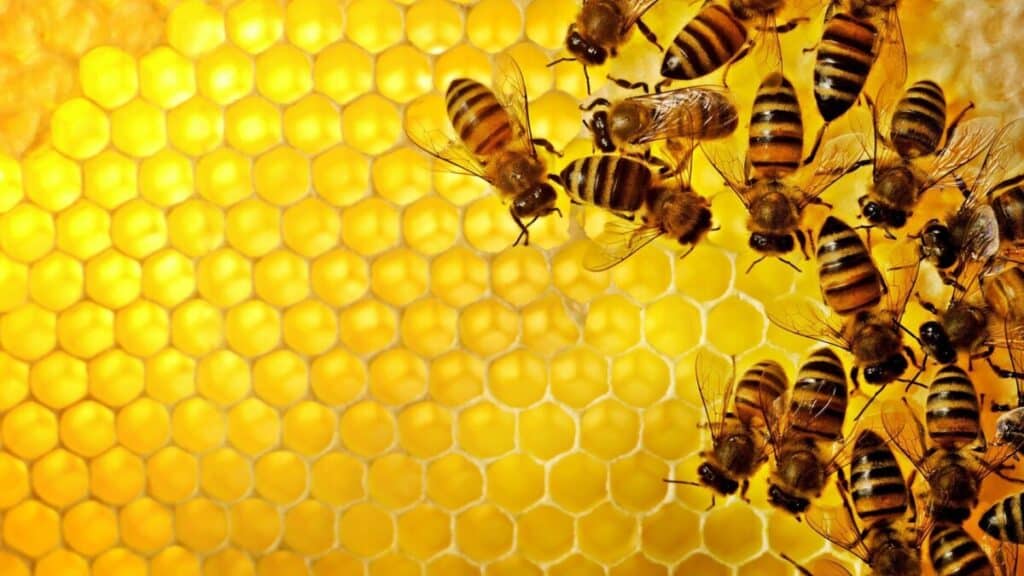
The other 90 percent are considered solitary bees who live in individual nests in places such as hollow trees, underground burrows, and naturally occurring cracks.
Myth 7: Adult Bees have Long Lifespans
Most bees have very short lifespans, with adult solitary bees surviving for only a few weeks – long enough to mate, make a nest, and hatch larvae.
Male and worker honeybees and bumble bees live for about six weeks, with half of that time devoted to building and working on the hive and the other half spent hunting for pollen and nectar.
Queens are the only exception, with bumble bee queens living about one year and honeybee queens living up to four years.
Myth 8: Bees Won’t Sting at Night
Bees with stingers will sting anytime they need to defend themselves and their nests – regardless of what time it is.
Myth 9: All Bees Produce Honey
Despite there being thousands of bee species, only 5 percent of bees produce honey. The only species that produce enough honey for it to be worth harvesting are honeybees and stingless bees. Bumble bees only produce about 1 – 2 teaspoons annually.
Solitary bees don’t produce honey. However, some species – especially mason bees – are used as pollinators for agricultural purposes and are more efficient at collecting and distributing pollen than honeybees and bumble bees.
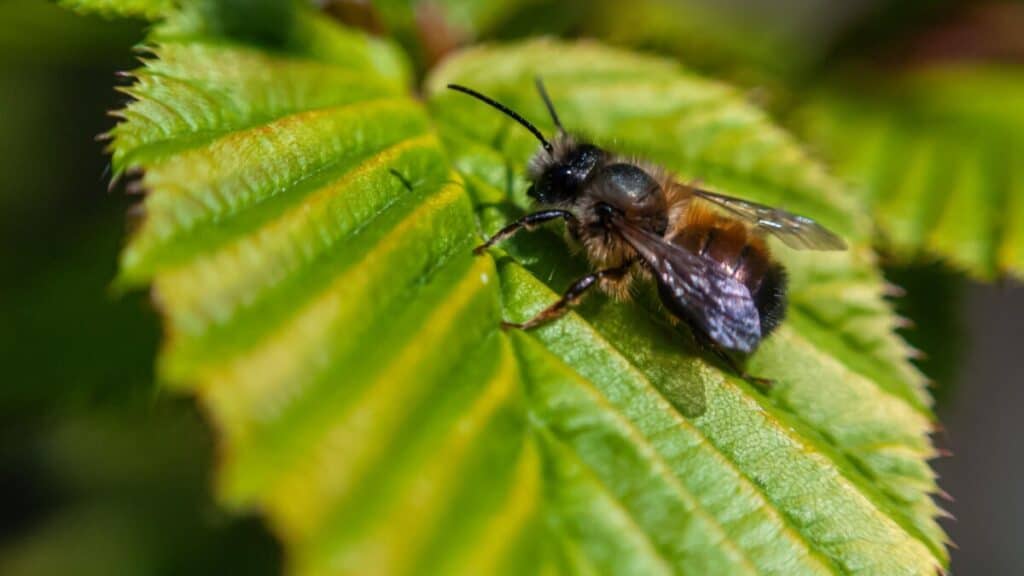
They are docile and are very unlikely to sting except for in cases of extreme duress, such as when they are wet or squeezed.
The most common solitary bee species include:
- Mason bees
- Miner bees
- Leafcutting bees
Mason Bees
Named for their ability to use mud and gravel to build their nests in naturally occurring cracks and gaps, mason bees are drawn to reeds, hollow trees, and paper and cardboard tubes in which to build their nests.
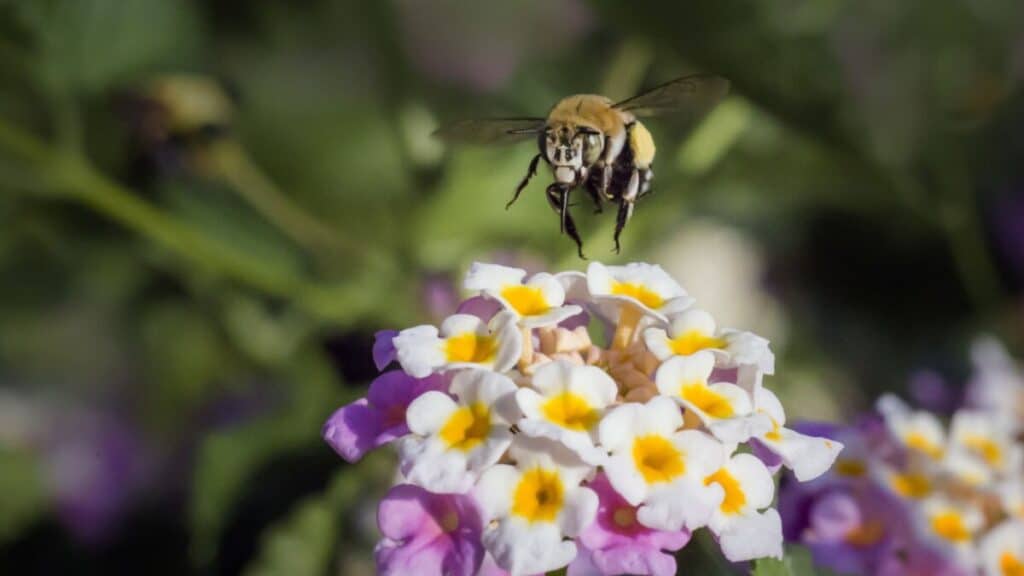
There are four main types of mason bees:
- Orchard mason bees
- Red mason bees
- Blueberry bees
- Hornface bees
Miner Bees
Named for their building nests in underground burrows, miner bees are solitary bees that don’t produce honey.
They collect pollen strictly for feeding their larvae, which are protected in wax-lined cells in their underground burrows.
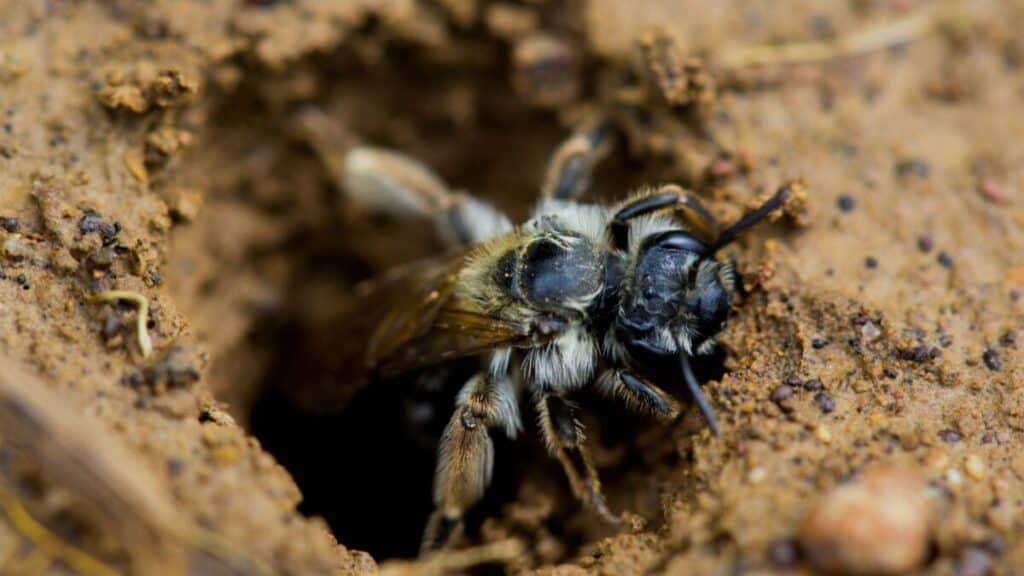
Leafcutting Bees
From the genus Megachile, leafcutting bees are solitary bees also known as mortar or resin bees. This bee’s common name comes from its ability to build its nests from fragments of leaves and flower petals.
Like mason bees, leafcutting bees are commercially managed for crop pollination.
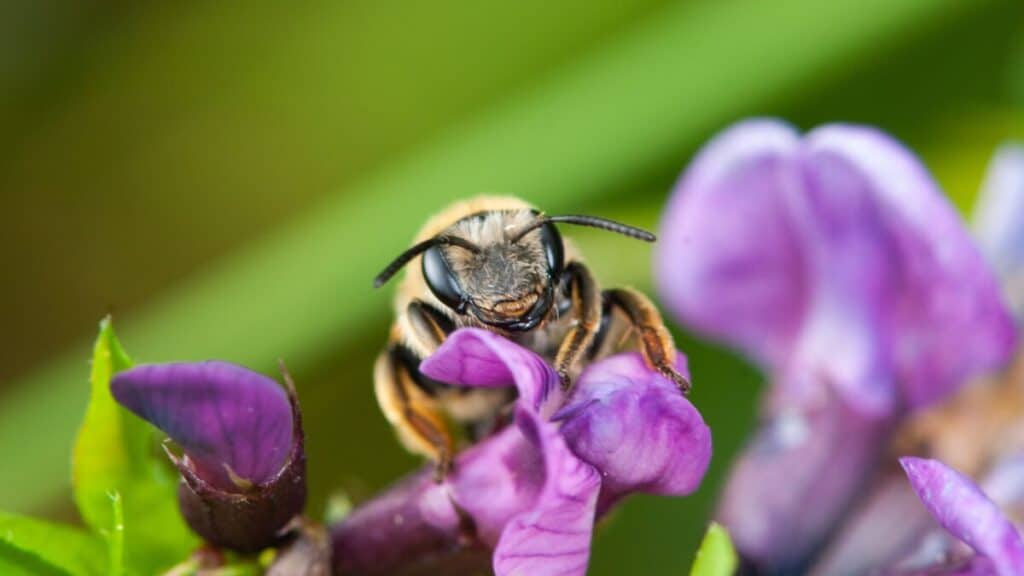
Myth 10: Bee Stings are a Miracle Cure for Many Ailments
Many claims are made about bee stings being a “miracle cure” for many ailments. While bee stings contain anti-inflammatory properties that can help alleviate certain conditions, such as rheumatoid arthritis, bee stings don’t cure any ailments or illnesses and may exacerbate certain health conditions.
Bee stings have been studied in medical trials and are believed to aid with treatment in:
- rheumatoid arthritis (RA) – in a 2008 study, 120 people with RA were given several bee stings every day over an 8-week period. Findings show effectiveness that rivals certain pharmaceutical RA medications. Bee stings proved even more effective when combined with prescription RA medication.
- Acne – a study showed that facial serum containing bee venom improved mild to moderate acne by 77% compared to the placebo. This is attributed to bee venom’s antibacterial and anti-inflammatory properties.
- Chronic pain
- Neurological disorders (such as Parkinson’s)
- Lyme disease
Keep in mind that while the studies on bee venom benefits certainly look promising, more thorough testing is required to make any scientific or medical claims.
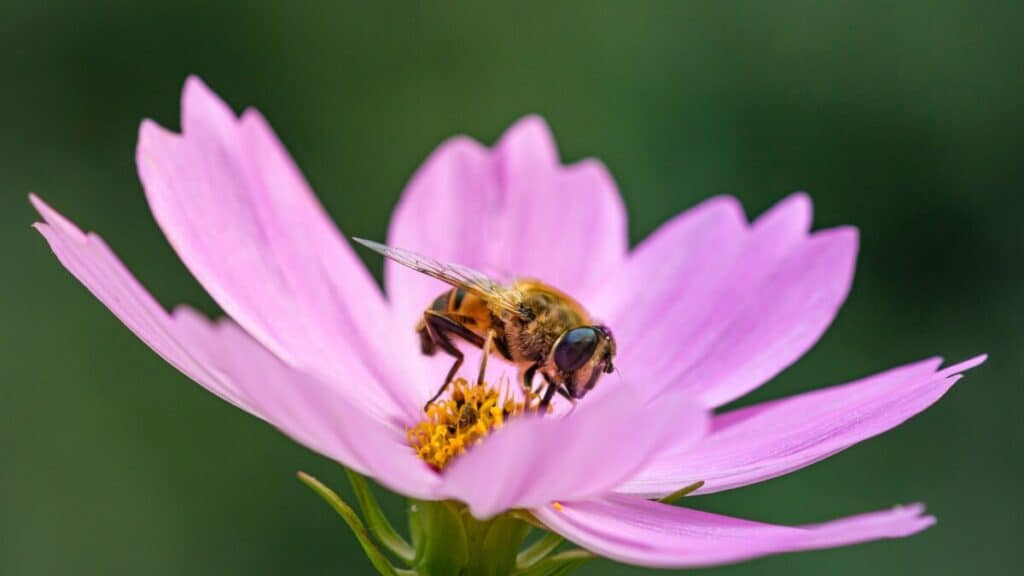
How to Avoid Bee Stings
Even though most people respect the ecological benefits that bees bring, no one wants to be stung. Those who suffer anaphylaxis from bee venom are even more vulnerable.
Bees are, after all, a common sight during the spring and summer when flowers are blooming, and people are outside gardening and mowing.
Instead of staying indoors all summer, arm yourself with the following tips to avoid being stung.
- Avoid wearing fragrant perfumes or soaps
- Wear clothing that covers the arms and legs
- Bathe daily and wear clean clothes, as bees are agitated by sweat
- Keep common areas free of food scraps and sticky spills
- If you see a single bee or wasp, remain still and calm – swatting may entice them to sting
- If a bee gets into your vehicle, slowly stop your car and open all the windows
- If you’re allergic to bees, always carry an EpiPen with you – especially when working outside where bees may be present
Conclusion
Bees are vital pollinators and fascinating insects that, unfortunately, lend themselves to a lot of misinformation. Arm yourself with the facts and know what to do when confronted by bees.
Alright, that’s it for this article, here are a few hand-selected articles that you might also find interesting reads:
10 Fascinating Facts About Bees10 Myths about Flies
Ten Myths About Mosquitos
Recent Posts
Tiny Black Bugs in Bathroom NO WINGS: What They Are and What to Do!
Finding tiny black bugs in your bathroom can be uncomfortable, to say the least. Especially if they are persistent, or they appear in very large numbers, which they often like to do. When it...
Tiny Black Bugs in Plant Soil - What Are They & What To Do About It
A short horror story: You get a new houseplant. You do your best to take care of it. You’ve ensured that it has the right soil, the right amount of sun, it gets enough water. And then one day, you...

